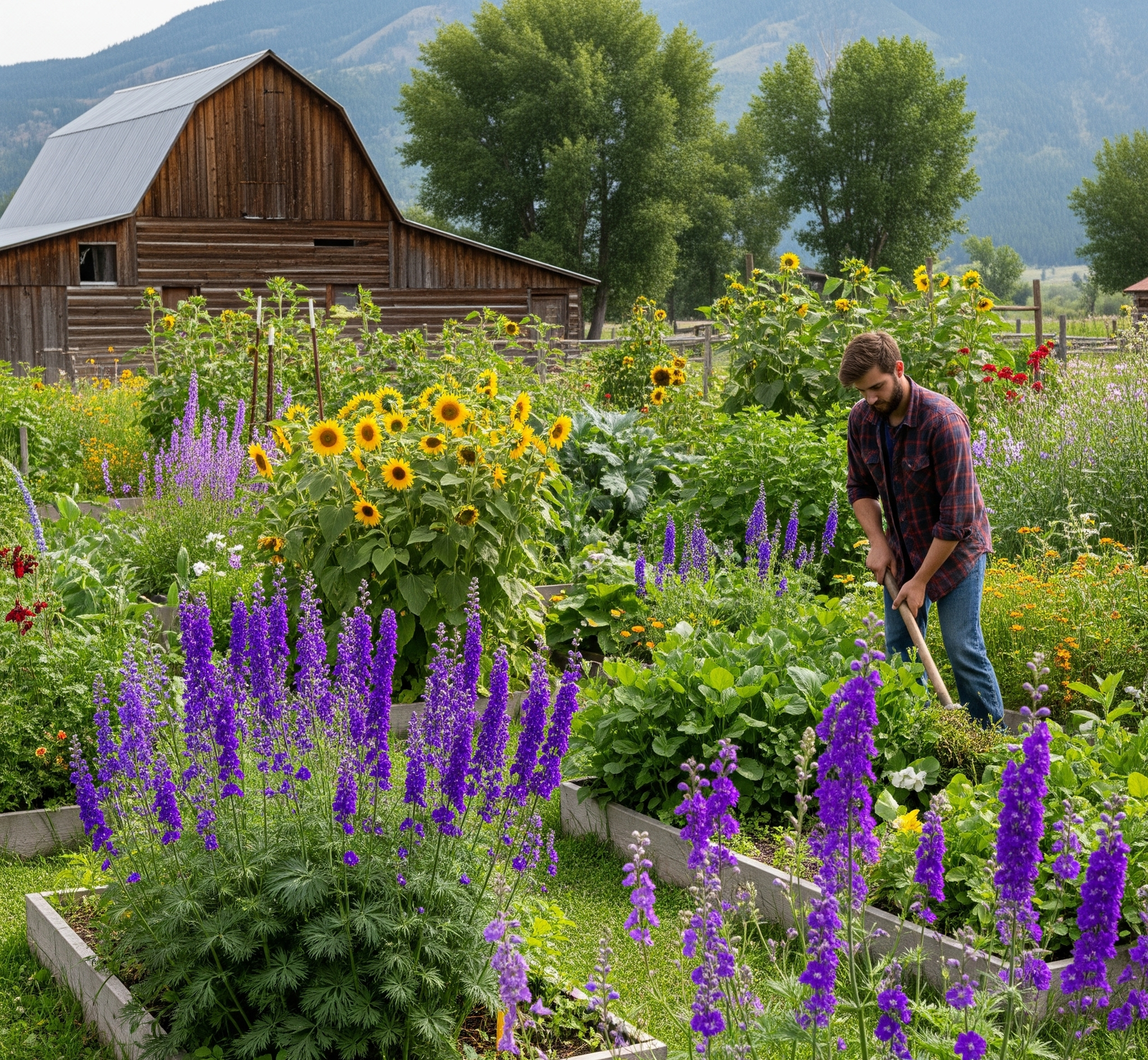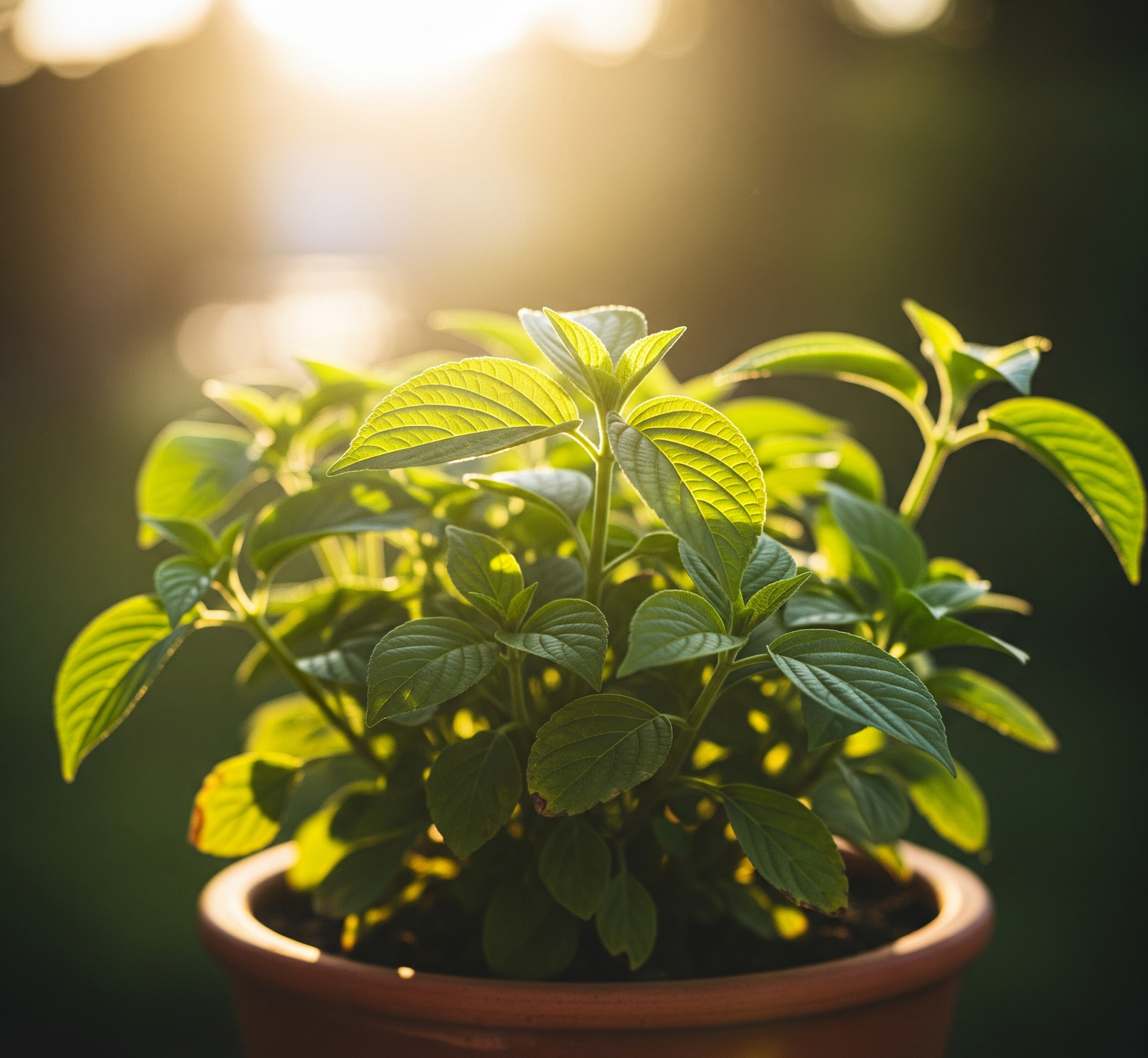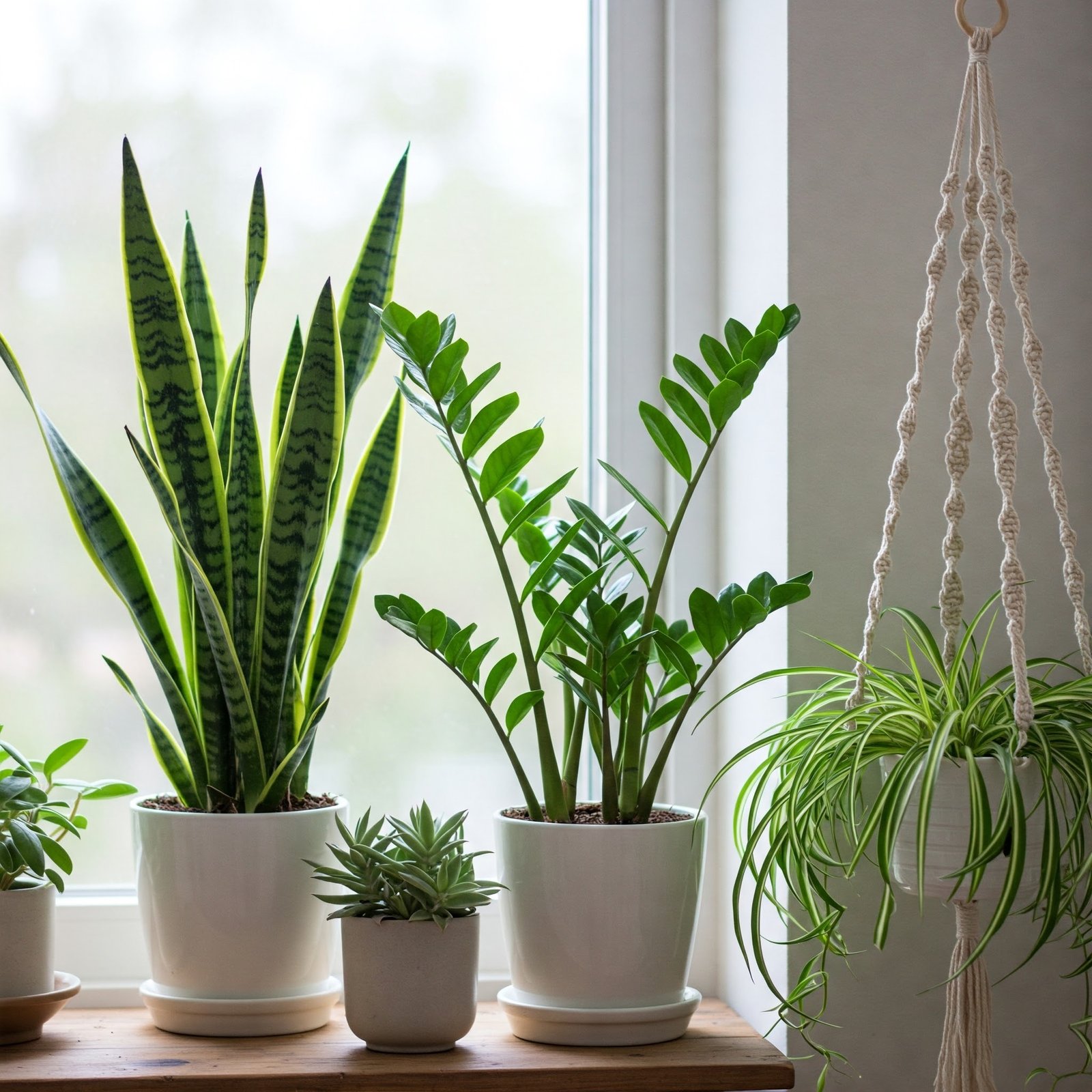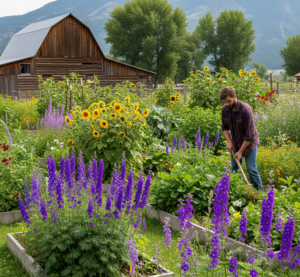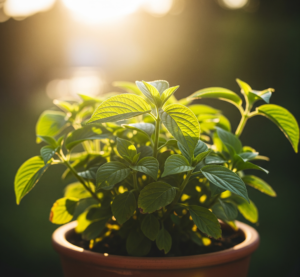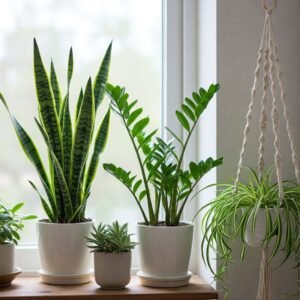10 Tips for a Productive Vegetable Garden
Growing your own vegetables is rewarding, sustainable, and can save you money while providing fresh, nutritious food for your table. It does not matter if you’re a beginner or looking to improve your existing garden, these ten essential tips will help you create a thriving and productive vegetable garden layout that yields bountifully throughout the growing season.
1. Start Small and Expand Gradually
One of the biggest mistakes new gardeners make is starting too big. Begin with a modest-sized plot that you can manage easily. A well-tended small garden will produce more than a neglected large one.
- Start with a 4×8 foot plot or a few containers if you’re new to gardening
- Focus on 5-6 vegetable varieties you love to eat
- As you gain experience, gradually expand your vegetable garden layout
- Container gardening is perfect for beginners and those with limited space
Remember, even experienced gardeners sometimes feel overwhelmed when they plan an overly ambitious garden. Success builds confidence, so start small and grow from there.
2. Choose the Right Location
The foundation of a productive vegetable garden layout begins with selecting the optimal location. Most vegetables need:
- At least 6-8 hours of direct sunlight daily
- Protection from strong winds
- Good drainage
- Proximity to a water source
- Convenient access from your home (you’re more likely to tend a garden you can see daily)
Consider the natural features of your property when designing your vegetable garden layout. South-facing areas typically receive the most sunlight in the Northern Hemisphere. Avoid planting near large trees that can compete for nutrients and water or cast too much shade.
3. Ensure Proper Soil Quality
Healthy soil is the foundation of a productive garden. Most vegetables thrive in loamy, well-draining soil rich in organic matter.
- Conduct a soil test before planting to determine pH and nutrient levels (soil testing kits are readily available online or at garden centers)
- Add compost to improve soil structure and fertility.
- Consider adding organic matter, such as aged manure, leaf mold, or compost, in the fall so it can break down over the winter.
- Aim for a slightly acidic to neutral pH (6.0-7.0) for most vegetables.
Organic gardening practices prioritize soil health as the basis for plant health, which naturally leads to fewer pest and disease problems.
4. Consider Raised Beds
Raised bed gardening offers numerous advantages that can significantly enhance your vegetable garden layout:
- Better drainage and soil warming in spring
- Less soil compaction (no walking in growing areas)
- Fewer weeds and easier maintenance
- Extended growing season
- Clearly defined garden spaces
- Less bending and easier access
Build raised beds 3-4 feet wide so you can reach the center from either side without stepping in the bed. The length can vary based on your space, but 8-foot sections are typically manageable. A depth of 10-12 inches accommodates most vegetable root systems.
5. Select Suitable Vegetables
Choose vegetables that:
- You and your family enjoy eating
- Grow well in your climate zone
- Make economic sense (focus on expensive produce at grocery stores)
- Work well in companion planting arrangements
Companion planting involves growing plants together that benefit each other. For example, planting basil near tomatoes can enhance the flavor of tomatoes and repel certain pests. Research companion planting combinations when planning your vegetable garden layout to maximize space and minimize pest issues.
For beginners, some reliable, easy-to-grow vegetables include:
- Lettuce and leafy greens
- Bush beans
- Cherry tomatoes
- Zucchini and summer squash
- Radishes
- Herbs like basil and parsley
6. Practice Succession Planting
Succession planting is a technique that maximizes your harvest by ensuring continuous production throughout the growing season. There are several approaches:
- Same crop, staggered planting: Plant small amounts of quick-growing crops like lettuce or radishes every 2-3 weeks
- One after another: When one crop finishes, immediately plant something else in that space
- Interplanting: Plant quick-growing crops between slower-growing ones
This strategy ensures your vegetable garden layout remains productive from spring through fall. Keep a garden journal to track planting dates and make notes for next season.
7. Mulch Regularly
Applying mulch offers multiple benefits to your vegetable garden:
- Conserves soil moisture
- Suppresses weeds
- Regulates soil temperature
- Prevents soil erosion
- Adds organic matter as it breaks down
Various mulching techniques can be employed depending on your climate and specific needs. Organic options include straw, shredded leaves, grass clippings (from untreated lawns), or compost. Apply a 2-3 inch layer around plants, keeping it slightly away from stems to prevent rot.
In a well-designed vegetable garden layout, paths between beds can be mulched with wood chips or straw to suppress weeds and create clean walking areas.
8. Implement Efficient Watering Systems
Consistent moisture is crucial for vegetable production. Irregular watering can stress plants, reduce yields, and contribute to problems like blossom end rot in tomatoes.
- Water deeply and less frequently rather than shallowly and often
- Water at the soil level to keep foliage dry and reduce disease
- Water early in the morning when evaporation rates are lower
- Consider drip irrigation for precise, efficient watering directly to plant roots
Drip irrigation systems save water and time while providing optimal moisture for plants. They can be designed to fit any vegetable garden layout, from small container gardens to large in-ground plots. While there is an initial investment, drip systems typically pay for themselves through water savings and improved plant health.
9. Monitor for Pests and Diseases
Regular observation is your best defense against potential problems:
- Inspect plants at least twice weekly for signs of pests or disease
- Learn to identify common pests in vegetable gardens specific to your region
- Understand the difference between harmful and beneficial insects
- Practice integrated pest management (IPM) techniques
For pest control in vegetable gardens, start with the least toxic methods first. Handpicking large insects, using row covers as barriers, and encouraging beneficial insects are practical organic gardening approaches. If intervention is necessary, choose organic options like insecticidal soaps or neem oil before resorting to more potent chemicals.
Strategically placing certain plants throughout your vegetable garden layout can also naturally deter pests. Marigolds, nasturtiums, and herbs like dill and cilantro not only add beauty but can disrupt pest cycles or attract beneficial insects.
10. Harvest Timely
Harvesting at the right time maximizes flavor and nutrition and encourages continued production:
- Harvest in the morning when vegetables have the highest moisture content
- Pick frequently to encourage plants to produce more
- Research the optimal harvest stage for each vegetable
- Don’t let produce over-ripen on plants unless you’re saving seeds
Many vegetables, particularly beans, peas, and zucchini, produce more when harvested at regular intervals. Leaving mature vegetables on the plant signals the plant to stop producing. Your vegetable garden layout should include easy-access paths to make regular harvesting convenient.
With these ten tips, you’ll be well on your way to creating a productive vegetable garden that provides fresh, nutritious food while bringing satisfaction and joy.

